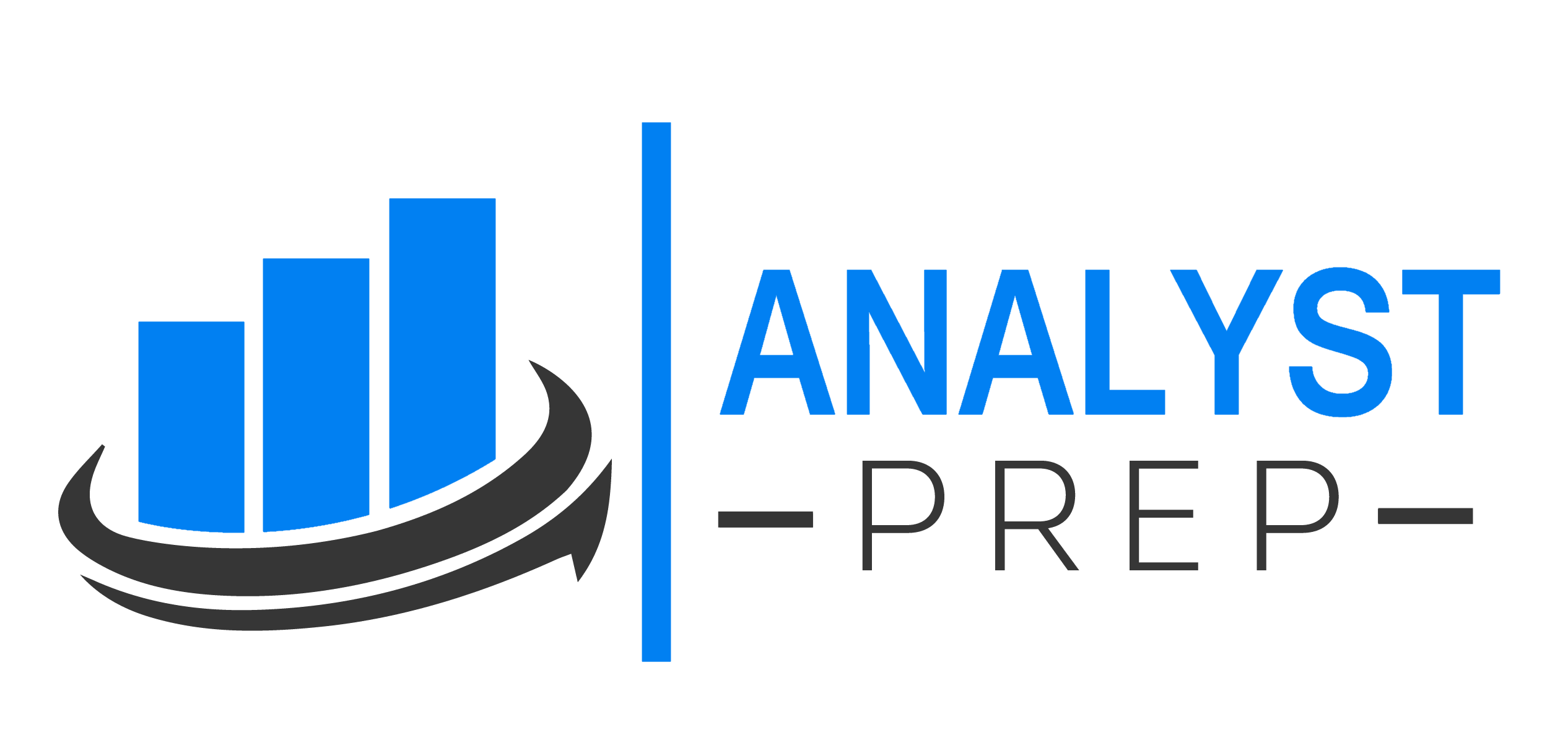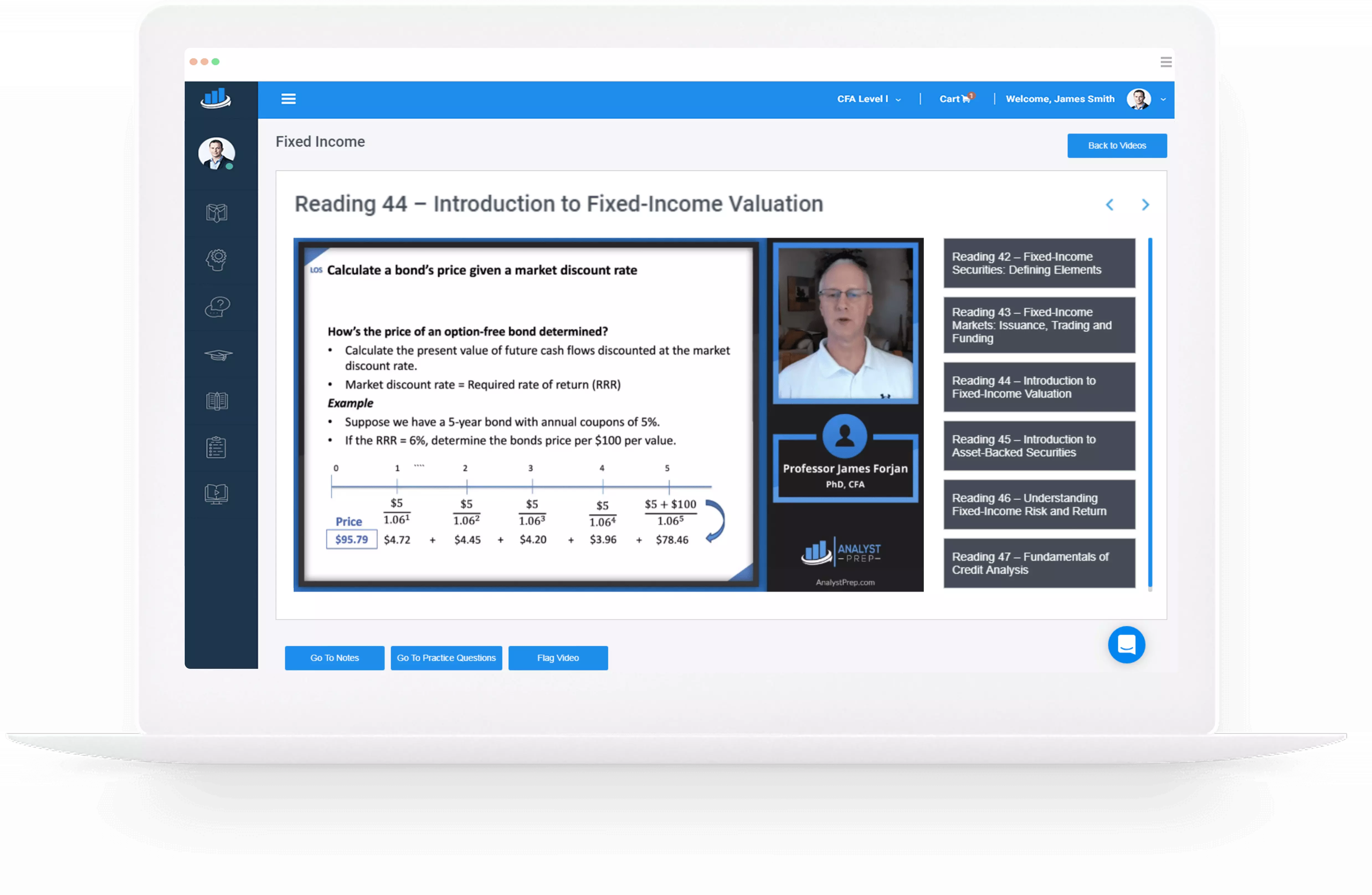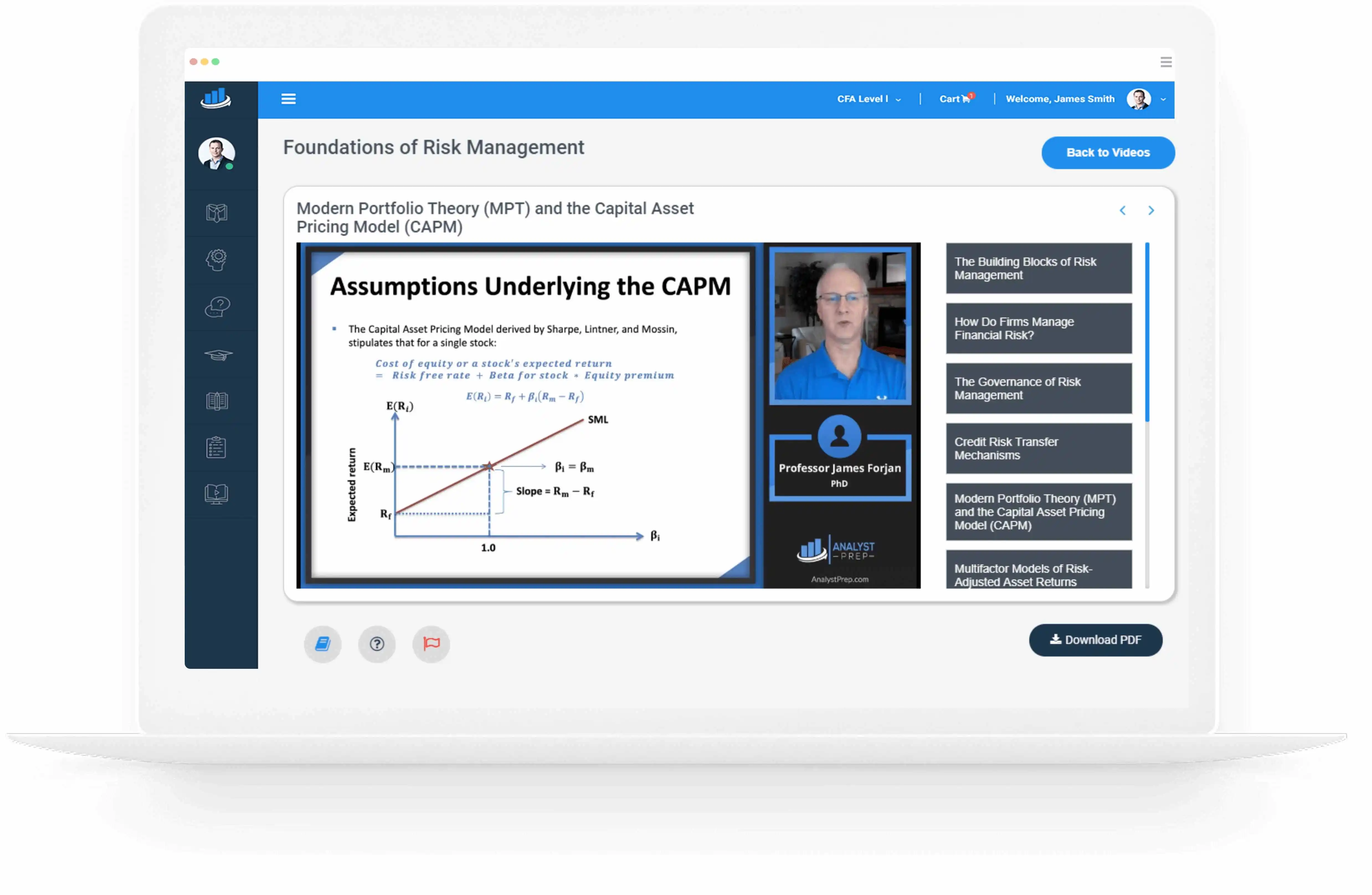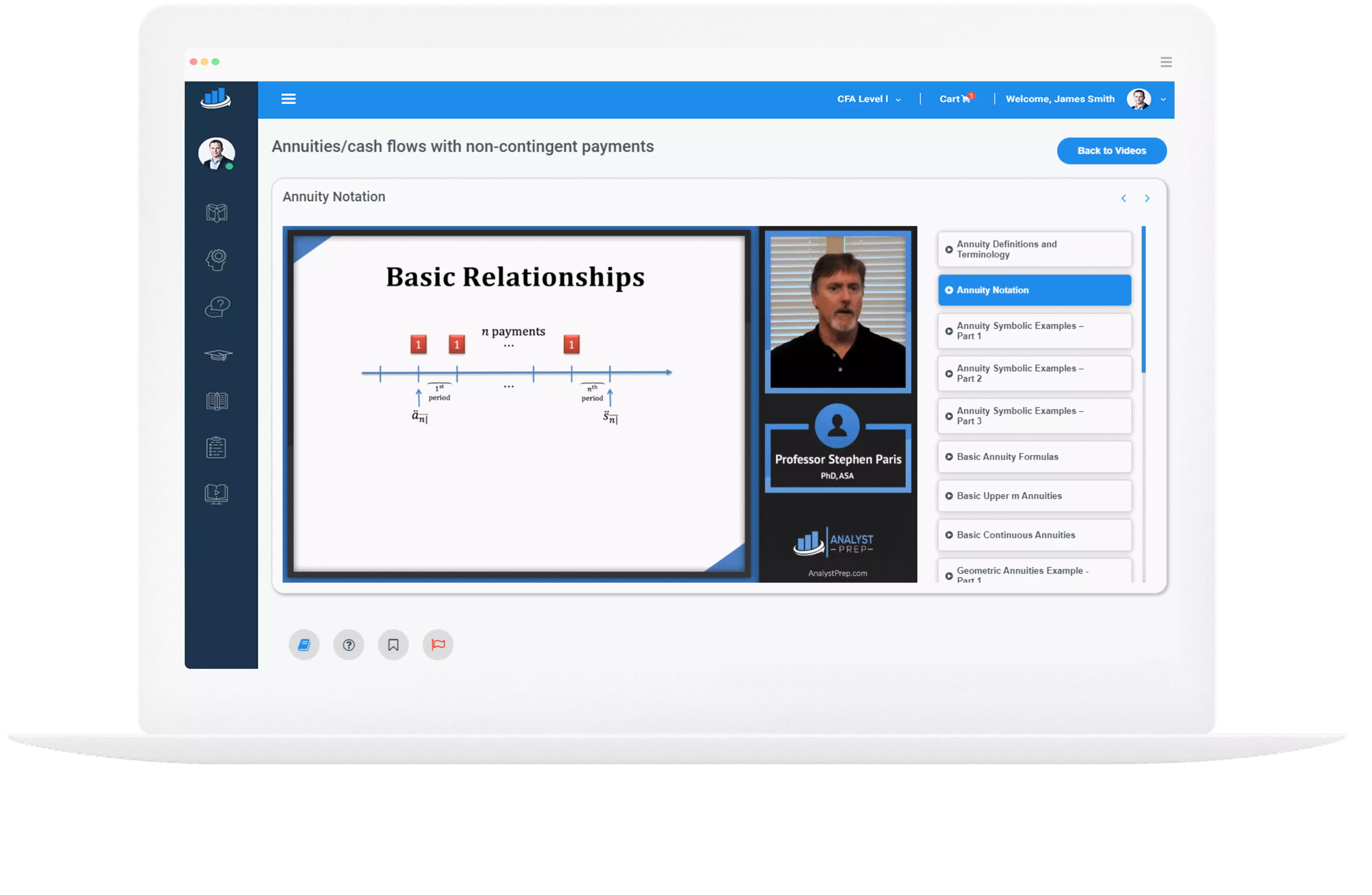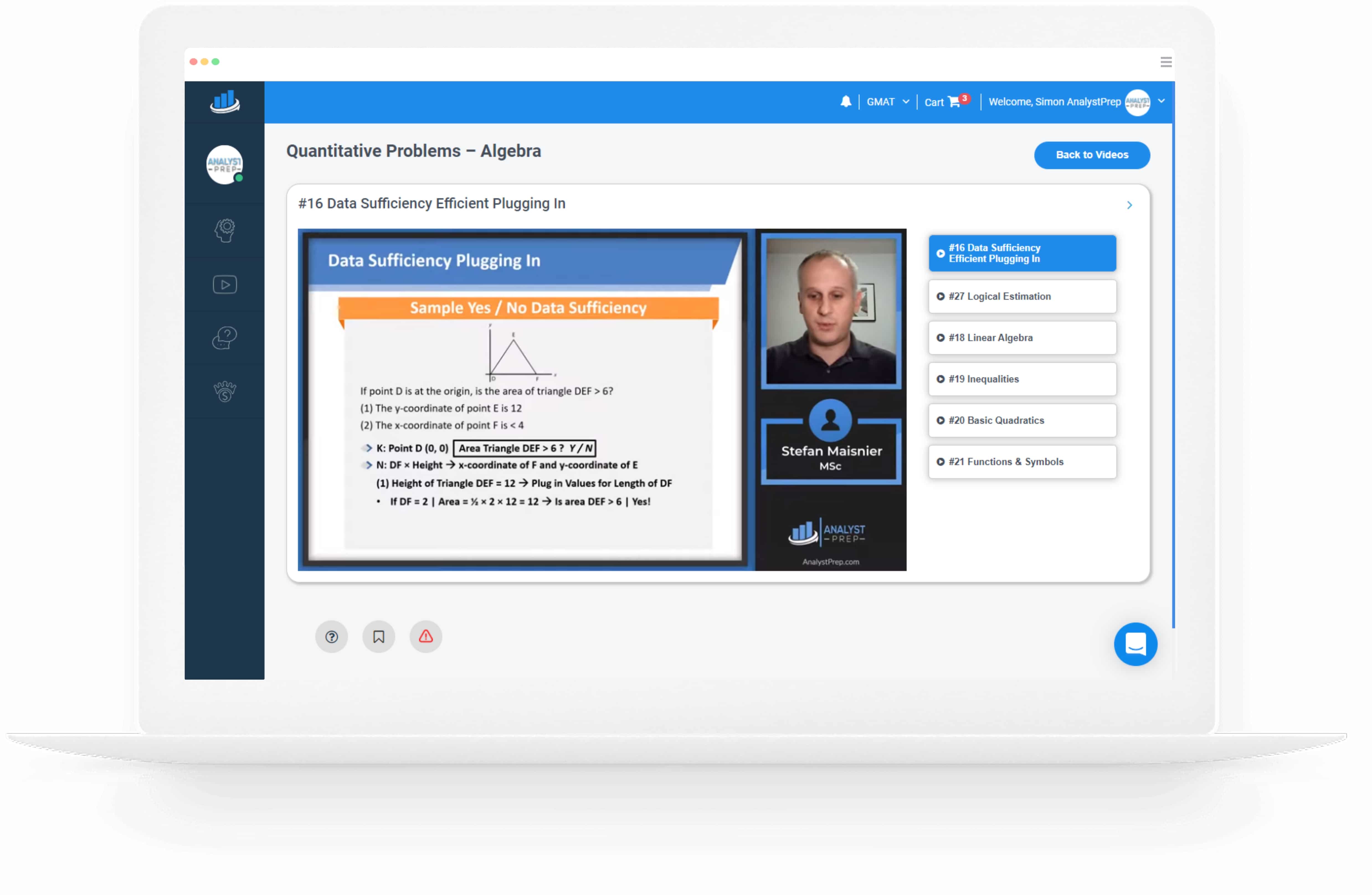Capital Structure and Cost of Capital Relative to Peers
Jackie Zhao is an analyst at Momentum Capital. She has been tasked with evaluating Marigold’s WACC, a company the management is looking to acquire. Marigold operates in the agriculture sector, manufacturing farm equipment such as tractors and combined harvesters. She…
The Cost of Debt and Equity for Public and Private Companies
We will use an example to illustrate how private and public companies estimate the required return on equity and cost of debt. DMC John Marcus, an analyst at Glendale Investments, has been tasked with estimating the cost of equity and…
Single-Stage Residual Income Valuation
Single-Stage Residual Income Valuation The single-stage residual income (constant-growth) model assumes that a firm has a constant return on equity and constant earnings growth rate through time. $$\text{V}_{0}=\text{B}_{0}+\frac{\text{ROE}-\text{r}}{\text{r}-\text{g}}\text{B}_{0}$$ Example: Using a Single-stage Residual Income Model A company’s current book…
Required Return on Equity
After determining the ERP, we must estimate the company’s required rate of return to be used in calculating the WACC. The following methods are used to estimate the required rate of equity return: Risk-based models. DDMs. The bond yield plus…
Cost of Capital Factors
The type of capital a company seeks affects its capital cost. Debt capital has a lower cost than equity capital due to its lower risk. Before considering the tax deductibility of interest, the cost of debt comprises the sum of…
Estimating the Cost of Debt
Analysts use several methods to estimate the cost of debt, and the methods depend on the following factors: Type of debt. Debt liquidity. Credit rating. Debt currency. Traded Debt A company with straight debt can estimate its cost of issuing…
The ERP
Equity risk premium (ERP) is the difference between the benchmark risk-free rate and expected equity return. Analysts use ERP to calculate a company’s cost of equity capital. $$ \text{Company } ir_e={Er}_{(f)}+(ERP+IRP) $$ We can estimate the ERP of a company…
Formulate and Interpret a Logistic Regression Model
Qualitative (categorical) dependent variables are dummy variables used as dependent rather than independent variables. Remember that a dummy variable is a variable that takes on the value 0 or 1. The logistic transformation takes the probability that an event happens,…
Formulate and Interpret a Multiple Regression Model That Includes Qualitative Independent Variables
Dummy variables are binary variables used to quantify the effect of qualitative independent variables. A dummy variable is assigned a value of 1 if a particular condition is met and, otherwise, a value of 0. The number of dummy variables…
Describe Influence Analysis and Methods of Detecting Influential Data Points
In statistics, regression analysis is a method of modeling the relationships between a dependent variable (also called an outcome variable) and one or more independent variables (also called predictor variables). Regression analysis aims to find the best-fitting line or curve…
